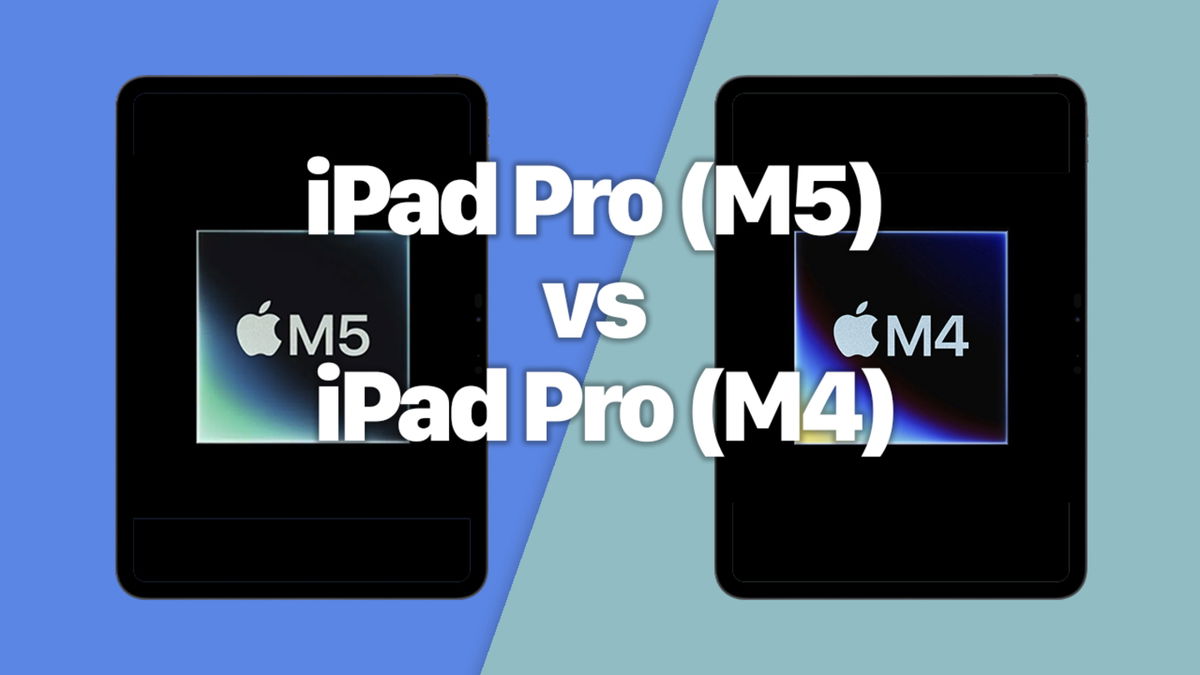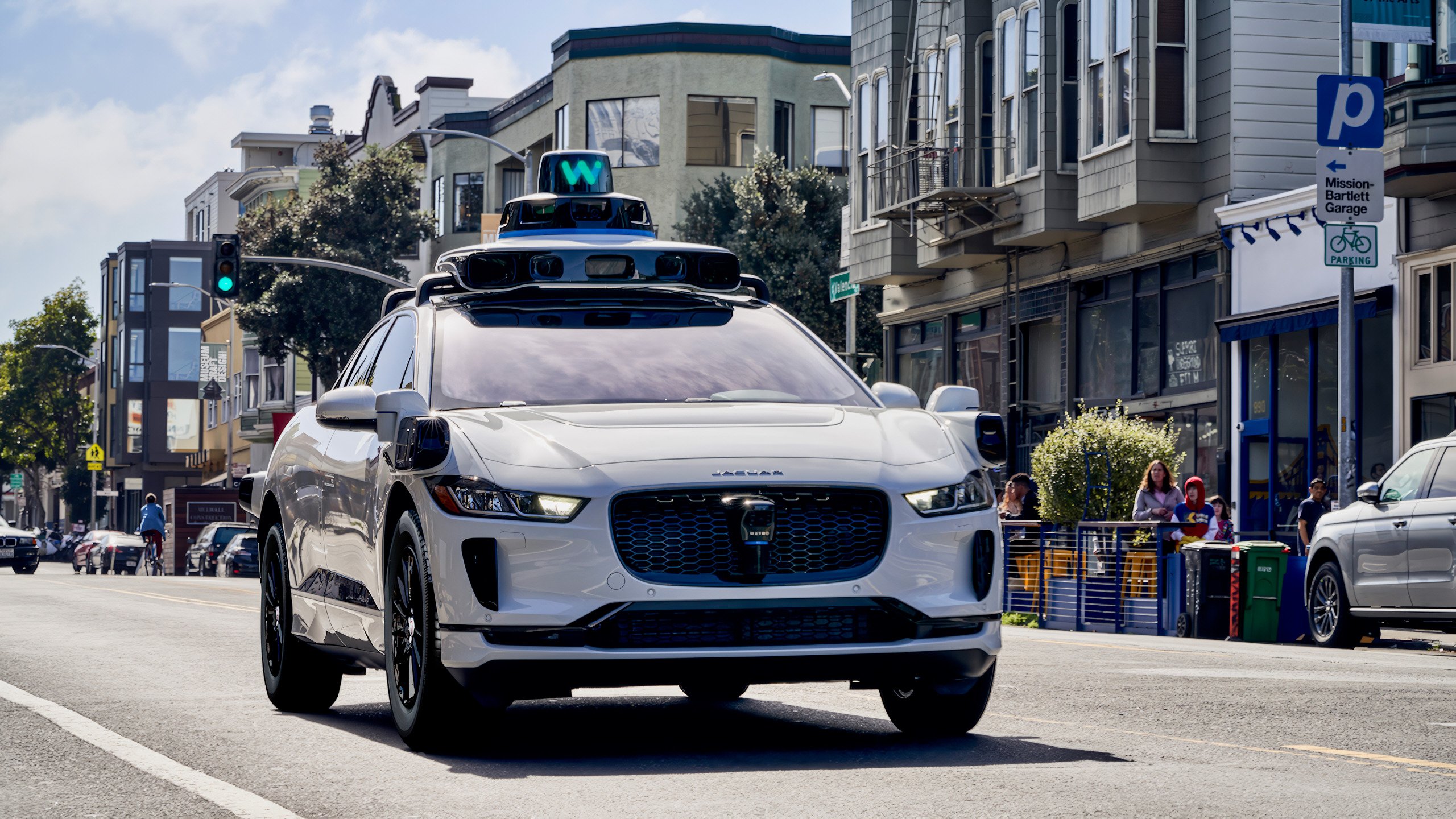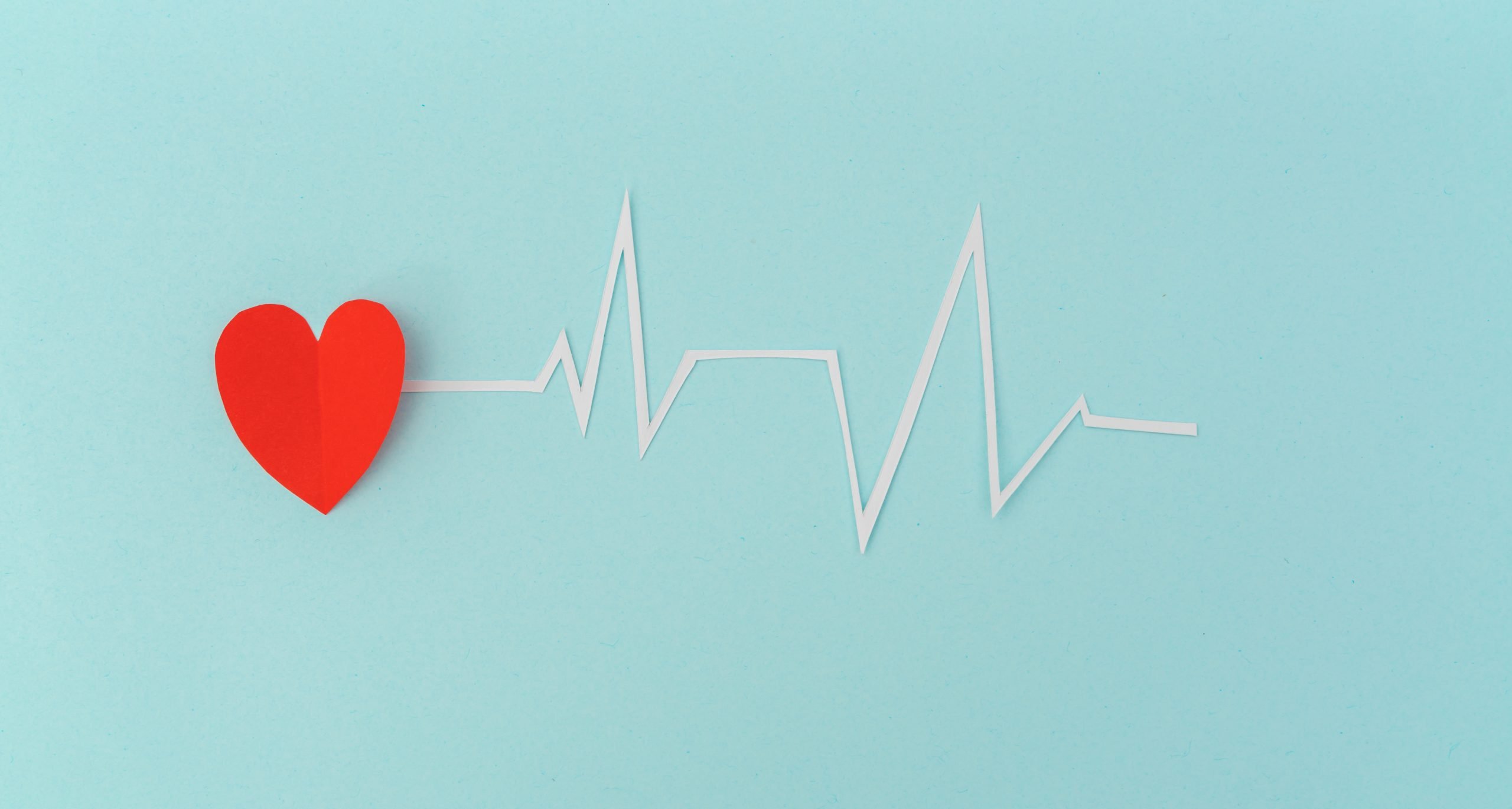rain He reached a large part of Spain and stayed with us for a few days. This is appreciated as it all comes after an excessively dry summer and autumn. Finally, we got the much-desired rainfall. However, all these days without water, we were actually under invisible rain and much more dangerous: microplastic.
A new study published in Environmental Science and Technology scientists from Auckland Universityshows that the rain of plastic fragments is so small that we cannot see them, constantly falling on us, but that they can damage our health.
It is important to clarify that this does not only happen with rain. It may drag them down, but really are constantly in the atmosphere, slowly falling and settling on surfaces. In fact, the study was carried out signs on the two rooftops of Aucklandone in the building of the university, and the other in the suburbs of the New Zealand city.
Disappointing rain results from microplastics
In this study, on average 5000 microplastic particles per square meter. This would mean 74 metric tons of plastic per year or, equivalently, about 3 million plastic bottles. The most common were polyethylene (PE) used in grocery bags and bottles such as ketchup bottles, polycarbonate (PC) used in protective gear and medical devices, and poly(ethylene terephthalate) (PET) used in food and beverage products. food products. beverage packaging.
Interestingly, this is much more than what was measured In London in a similar study conducted in 2020. In this case, on average, only 771 microplastic particles per square meter. This is curious as London is a much more central and polluted city than Auckland. Therefore, the conclusion of these scientists is that there may be as many, or even more, in London, but the methods used to quantify microplastics were not the same.
First, it all depends on what we consider microplastics. According to the US National Oceanic and Atmospheric Administration (NOAA), any piece of plastic from less than 5 mm.
Anything below is fine. However, it is the smallest of them that are more difficult to quantify, so they are not taken into account in some studies. In the case of the Auckland study, it was found that most of the particles 10 to 50 micrometers. Actually, only 3% were greater than 100 micrometers. Therefore, we can say that it is invisible rain. We don’t see the plastic around us, but it’s in the air. You just need to see that microplastics have already been found in the bowels of the human respiratory system, so it is clear that we breathe them in without realizing it. What this might mean for our health is still not well understood, but it seems clear that if we continue like this, it will not be good.
 100vw, 780px”><noscript><img data-attachment-id=) Credit: Mark Newberry
Credit: Mark NewberryInfluence of coastal winds
This and other studies also conclude that when coastal winds blow especially hard, it is easier to detect a large amount of microplastic deposited on surfaces. This indicates that these winds are the main drivers of microplastics and may explain why the distribution is so uneven from one city and country to another, as these pieces of plastic are smaller in inland areas.
Of course, the fact that there are fewer of them does not mean that they are not there, as they have begun to be found in places as far away as Pyrenees. We are surrounded and this is just the beginning. Sometimes it is difficult for a person to get out of his selfishness and his own navel. The damage done to marine ecosystems should already be the reason to take the first steps towards a less plastic way of life. But if that doesn’t help, let’s at least think of ourselves. Invisible rain brings them to our lungs.
Source: Hiper Textual














